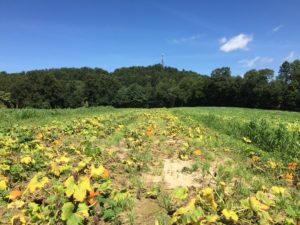
Phytophthora Diseases Affecting Fruiting Vegetables in WNC
As the flooding recedes in western North Carolina, many growers are now reporting losses due to Phytophthora diseases on …



El inglés es el idioma de control de esta página. En la medida en que haya algún conflicto entre la traducción al inglés y la traducción, el inglés prevalece.
Al hacer clic en el enlace de traducción se activa un servicio de traducción gratuito para convertir la página al español. Al igual que con cualquier traducción por Internet, la conversión no es sensible al contexto y puede que no traduzca el texto en su significado original. NC State Extension no garantiza la exactitud del texto traducido. Por favor, tenga en cuenta que algunas aplicaciones y/o servicios pueden no funcionar como se espera cuando se traducen.
Inglês é o idioma de controle desta página. Na medida que haja algum conflito entre o texto original em Inglês e a tradução, o Inglês prevalece.
Ao clicar no link de tradução, um serviço gratuito de tradução será ativado para converter a página para o Português. Como em qualquer tradução pela internet, a conversão não é sensivel ao contexto e pode não ocorrer a tradução para o significado orginal. O serviço de Extensão da Carolina do Norte (NC State Extension) não garante a exatidão do texto traduzido. Por favor, observe que algumas funções ou serviços podem não funcionar como esperado após a tradução.
English is the controlling language of this page. To the extent there is any conflict between the English text and the translation, English controls.
Clicking on the translation link activates a free translation service to convert the page to Spanish. As with any Internet translation, the conversion is not context-sensitive and may not translate the text to its original meaning. NC State Extension does not guarantee the accuracy of the translated text. Please note that some applications and/or services may not function as expected when translated.
Collapse ▲
As the flooding recedes in western North Carolina, many growers are now reporting losses due to Phytophthora diseases on …
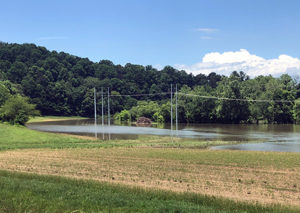
The intense rainfall, flooding and mudslide damage in western North Carolina and other areas of the state have created …
The kind folks at Extension IT have created an index from which you can easily find and access all …
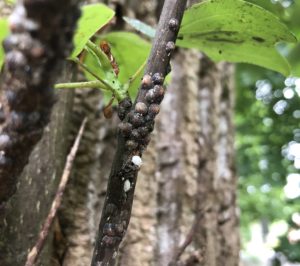
Tulip tree scales and other soft scales are maturing and producing a lot of honeydew. This makes people notice …
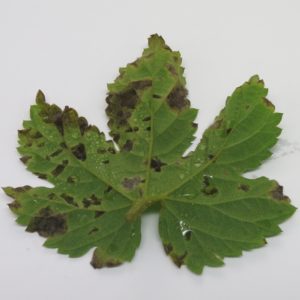
The NC State Plant Disease and Insect Clinic has confirmed hop downy mildew in a sample from Western North …

Dr. Anthony Keinath, Vegetable Pathologist at Clemson University in South Carolina, has found powdery mildew in watermelons and issued …

Written by Lina Quesada-Ocampo and Kimberly D’Arcangelo Cucurbit downy mildew (CDM) was confirmed on a cucumber sample from a production …
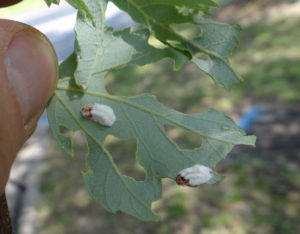
Cottony maple leaf scale, Pulvinaria acericola, is one of several ‘cottony’ scales in the genus Pulvinaria. Cottony camellia scale …
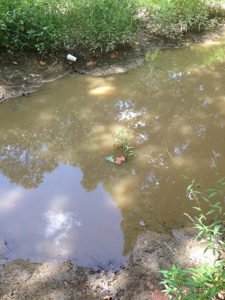
Recent heavy rains and flooding across many areas of the state will create many breeding areas for mosquitoes. While …
By Danny Lauderdale. I still trapped numerous granulate ambrosia beetles over the weekend in central eastern NC. Based on …

Adapted from original content by Danny Lauderdale. I found potato leaf hoppers in one of my granulate ambrosia beetle traps …

Adapted from original content by Danny Lauderdale. Several growers have reported red headed flea beetle adults on plants that …
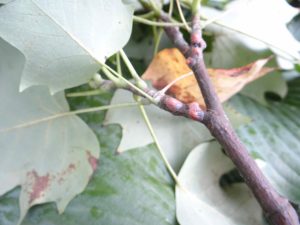
Tulip tree scales are one of the biggest scales in NC. They are primarily on tulip tree and magnolia. …
Wheat crops that are flowering now in northeast NC are at moderate risk of scab. Much of the crop there …

A calibrachoa (million bells) with dried, brown lower leaves was submitted this week to the NCSU Plant Disease and …
For wheat flowering now, scab risk is low across North Carolina due to recent dry weather. Rain predicted for April 23-28 will …

This vegetable pathology factsheet describes the identification and treatment of anthracnose of pepper.

This publication discusses flying unmanned aerial vehicles (drones, model aircraft) for commercial purposes. You'll learn …
This publication describes the life cycle, scouting and treatment of the balsam twig aphid, a …

This factsheet describes the biology and control of bermudagrass mites (Eriophyes cynodoniensis), tiny, worm-like arachnids …
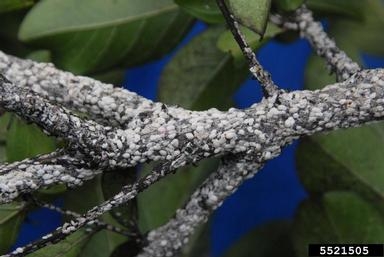
Crape Myrtle Bark Scale (CMBS), Acanthococcus lagerstroemiae, is an exotic insect pest that feeds only …
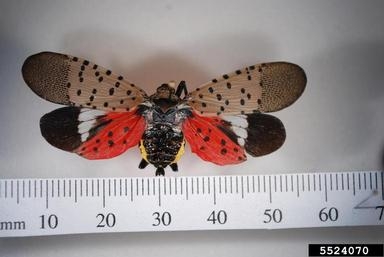
This factsheet describes the biology and integrated pest management of spotted lanternfly (Lycorma delicatula) in …
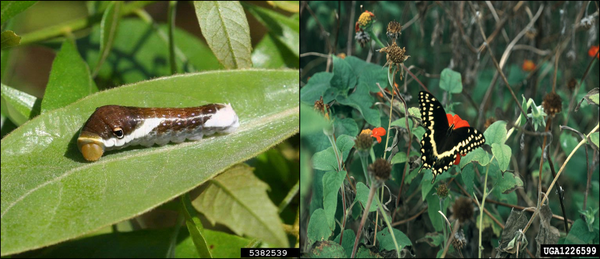
Laurel wilt is a disease of plants in the laurel family (Lauraceae), primarily redbay and …
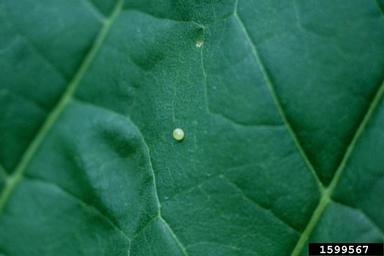
Two species of hornworm caterpillars feed on tobacco and other plants. Tobacco hornworms (Manduca sexta) …